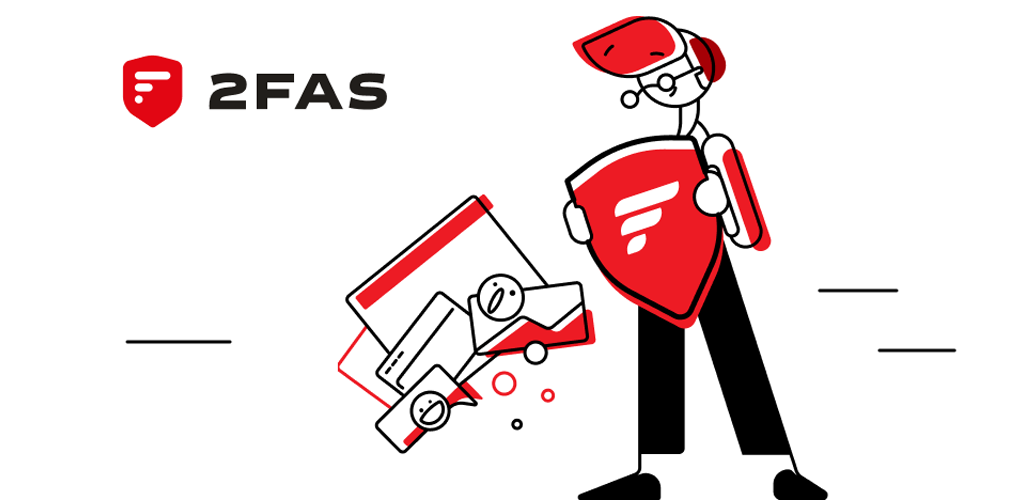Perplexity AI: Conversational, Source-Aware AI Search
1. What Is It?
Perplexity AI blends large language models (LLMs) with real-time search results to deliver brief, conversational answers alongside direct source citations. Whereas many chat-style AI tools produce authoritative-sounding responses without backing evidence, Perplexity AI ensures each statement is tied to verifiable references—aligning with MyDigitalFortress ideals of transparency and data ownership.
Which Problem Does It Solve? Users often want a quick AI summary of a topic but remain wary of potential factual errors or hidden biases. Perplexity AI addresses this by pairing an LLM-driven explanation with source-aware output, letting readers immediately verify the authenticity of the information. Think of it like a chatbot meets credible citations, bridging convenience and trust.
2. Technical Foundations
Retrieval-Augmented Generation
Perplexity AI uses an approach similar to retrieval-augmented generation (RAG) , where the system retrieves topically relevant webpages or documents before generating a summarized answer. This pipeline ensures the LLM has up-to-date, contextual grounding to reduce “hallucinations.” Each factual claim is hyperlinked to the source, allowing readers to verify data quickly.
Under the hood, Perplexity likely employs transformer-based architectures (akin to GPT-like models), combined with a web-based index. Although the platform’s exact code remains proprietary, it epitomizes the LLM + search synergy valued by AI researchers and privacy advocates looking for traceable AI responses.
Real-Time Query Parsing
When a user asks a question, Perplexity AI’s semantic search mechanism finds relevant web pages. These documents are then fed into an LLM pipeline to produce a concise, chat-like summary. Each piece of text is back-referenced to the original URL, which aligns perfectly with MyDigitalFortress’s emphasis on verifying source authenticity.

3. Who Is It For?
Perplexity AI is ideal for users needing an AI-driven Q&A experience with verifiable sources. Common audiences include:
- Students & Researchers: They can quickly gather a summarized answer, then trace each statement back to primary studies or articles.
- Journalists: Fact-checking or exploring background info for a story, with immediate citation links to confirm or refute claims.
- Developers & Tech Enthusiasts: Looking to glean code snippets or troubleshooting tips while verifying references to official Python docs, MDN, etc.
- Anyone Concerned About AI Hallucinations: Perplexity’s source-links mitigate blind trust in chatbot replies.
Even casual “curious minds” benefit from a chat interface that lists citations, enabling them to cross-reference or dive deeper. Novices should still remember any AI model can err, so evaluating the credibility of each source remains paramount— a core tenet of MyDigitalFortress’s approach .
4. Use Cases & Real-World Examples
- Rapid Fact-Checking: A user exploring the history of quantum computing can get a concise timeline from Perplexity, then confirm each bullet point by clicking the cited references.
- Academic Brainstorming: Students drafting research outlines see a summarized set of references, effectively jumpstarting their reading lists.
- Developer Documentation: Queries about JavaScript or Python produce short answers with direct links to MDN, Python.org, or related developer wikis.
- General Curiosity: Individuals wanting a quick, AI-driven summary on current events, news topics, or cultural phenomena—without losing sight of the original source.
5. Pros & Cons
Pros
- Source-Aware Answers: Each statement is linked to the web page or paper it came from.
- Fast, Conversational UI: Summaries appear quickly in a user-friendly chat window.
- Reduced Guesswork: Users can verify claims rather than taking an AI’s word for it.
- Ongoing Development: Perplexity frequently rolls out enhancements and new data integrations.
Cons
- Potential AI Hallucinations: Even with sources, the LLM can produce inaccurate or incomplete summaries.
- Privacy Concerns: User prompts are logged on Perplexity’s servers for model improvement—risky for sensitive data.
- Mixed Source Quality: Citations may occasionally lead to questionable or outdated sites.
- No Offline Mode: Entirely hosted; no straightforward self-hosting for air-gapped environments.
6. Getting Started
Interested in trying Perplexity AI? Here’s a simple way to begin:
- Visit the Website: Go to perplexity.ai in your browser. No account or download needed.
- Pose Your Question: Type anything you’d like to know—be it historical queries, scientific concepts, or coding tips.
- Check Citations: Hover over or click the inline source references to see the exact domain or link used.
- Refine & Explore: Ask follow-up questions or specify certain domains you trust more, ensuring a deeper or more tailored summary.
- Stay Critical: Remember all AI tools can err. Validate important info or personal data through the cited links—a principle we strongly support.
7. Conclusion & Next Steps
Perplexity AI demonstrates how retrieval-augmented LLMs can blend speed, convenience, and source transparency. By automatically linking each piece of information to its origin, the platform encourages a healthier skepticism—no more trusting an AI’s “confidence” blindly.
At MyDigitalFortress, we champion solutions that empower users through tangible verification. Perplexity AI’s approach to citing references is a vital step in that direction. If you appreciate conversational summaries yet value authenticity and fact-checking, Perplexity AI may be the next indispensable tool in your digital arsenal.
To learn more, explore the official FAQ or Twitter feed for updates on new features, model improvements, and community discussions.





